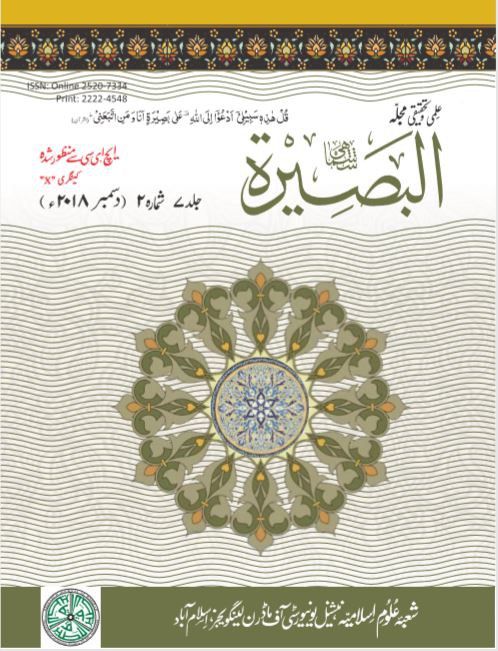Home > Al-Basirah > Volume 4 Issue 1 of Al-Basirah
Article Info
Authors
Volume
4
Issue
1
Year
2015
ARI Id
1682060032214_185
Pages
39-58
Chapter URL
Subjects
Following Obligingness Hierarchy of Needs SelfActualization Ego Depletion Situational Factor.
Issue Details
| Id | Article Title | Authors | Vol Info | Year |
| Id | Article Title | Authors | Vol Info | Year |
Similar Articles
Loading...
Similar Article Headings
Loading...
Similar Books
Loading...
Similar Chapters
Loading...
Similar Thesis
Loading...
Similar News
Loading...

